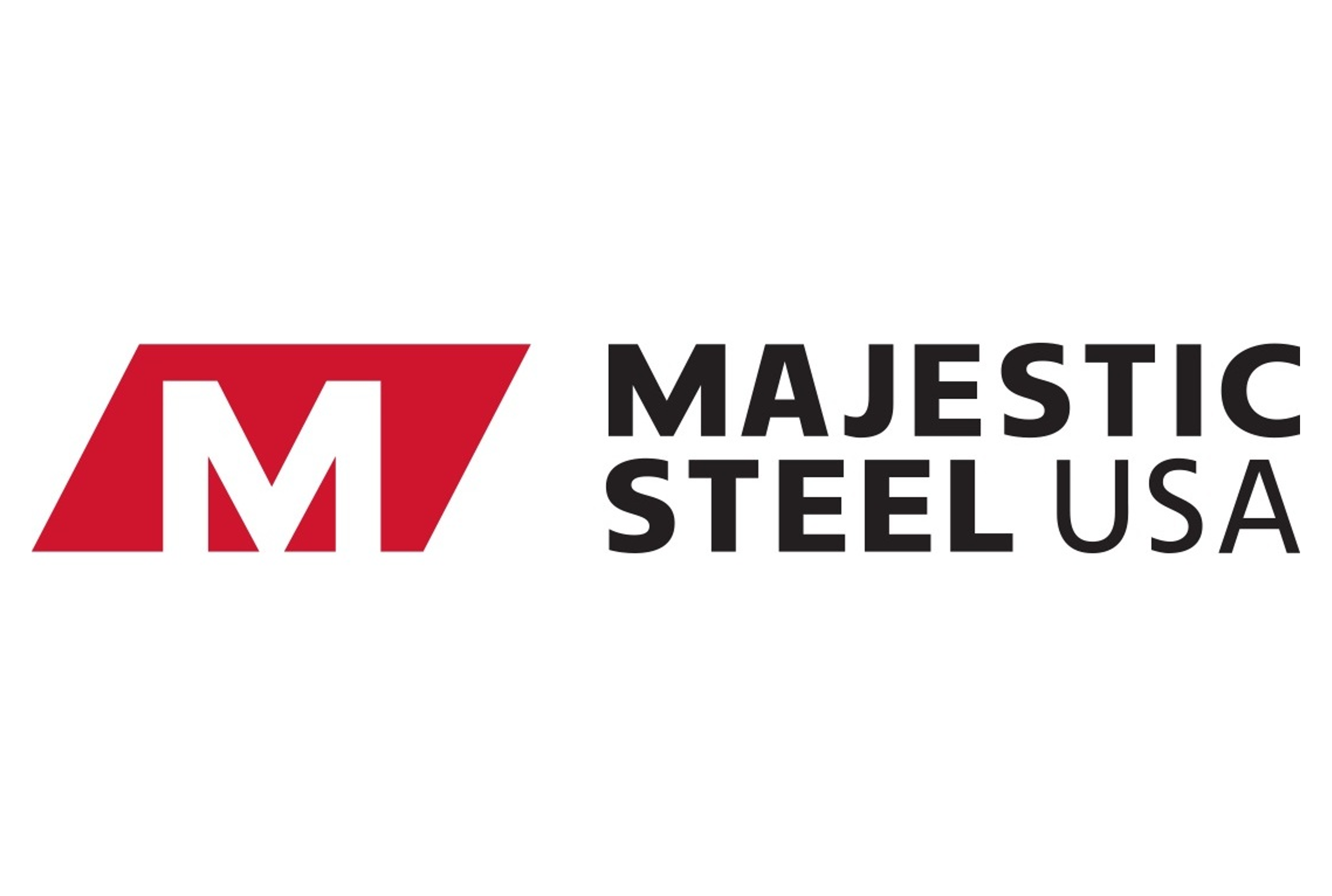Sheet
October 8, 2024
AISI: Steel shipments rose month over month in August
Written by Ethan Bernard
Domestic steel shipments increased month over month in August but slipped year over year.
Steel mills in the US shipped 7,292,562 short tons (st) in August, up 1.8% from 7,160,731 the previous month. However, that marked a 3.8% decline from 7,580,767 st in August 2023.
Year-to-date (YTD) shipments through August stood at 58,212,974 st, down 3.9% from 60,564,059 st for the first eight months of last year.
Comparing YTD 2024 shipments to same period last year shows the following: cold-rolled sheet, up 4%; corrosion-resistant steel, down 2%; and hot-rolled steel, off 5%.






